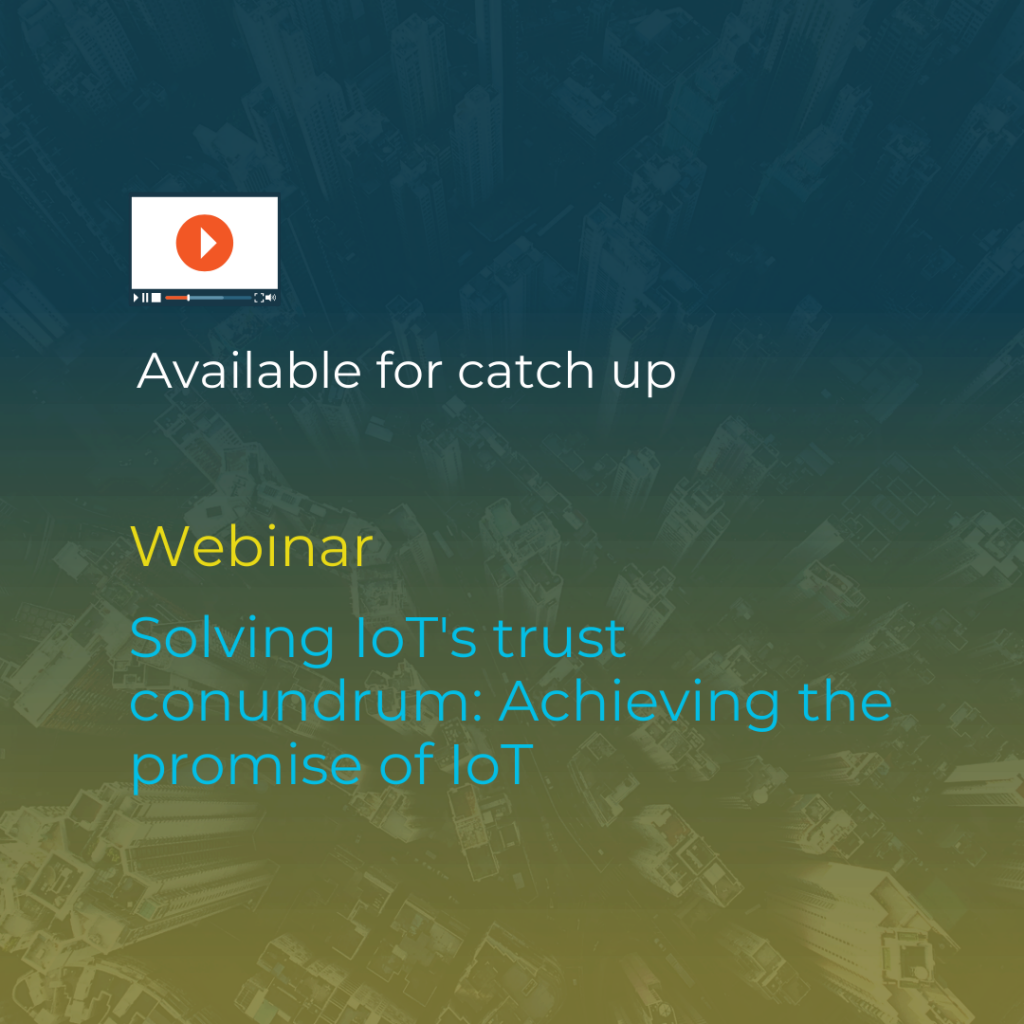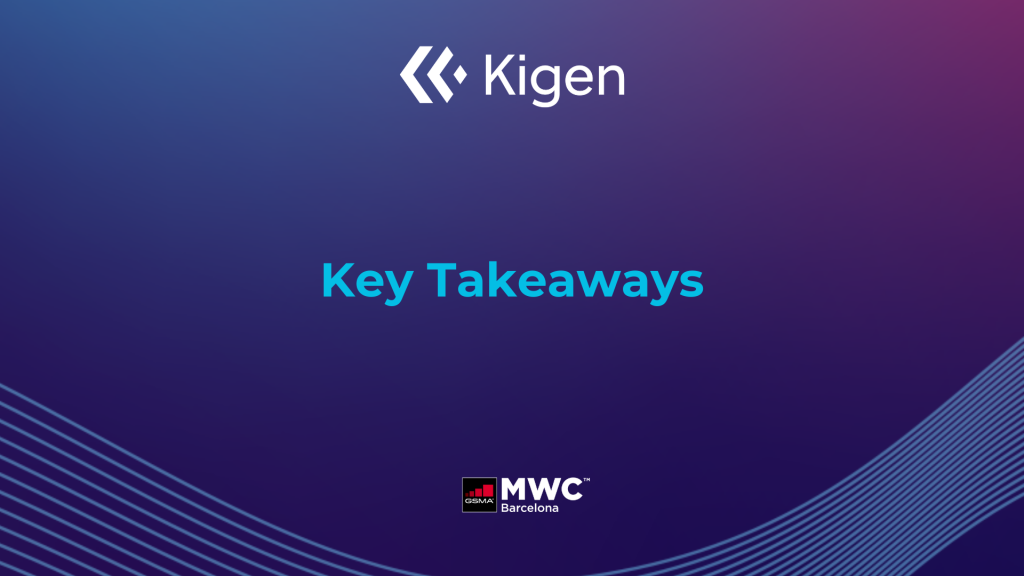
- Resources
- Blog
Enlit 2023 take outs
Smart Grid investment
The smart grid is critical in helping us achieve a sustainable future driven by the escalating demand for electricity, including the electrification of transportation and electric vehicles (EVs). The consensus in Paris is that Energy providers need to urgently invest in smart grid technology to make it easier to integrate renewable energy sources into the current grid.
Smart Meters are crucial for the advanced metering infrastructure
OEMs, ODMs, and utilities benefit from eSIM which facilitates interoperability among smart sensors and devices that make up the advanced metering infrastructure (AMI) and optimize energy solutions by managing diverse energy resources. Smart meters generate operational insights for better energy-use forecasting and maintenance. They are crucial in improving power grid quality, resiliency, and digitalization with advanced monitoring applications.
Smart energy and IoT
Smart grid technologies include IoT technology that enables communication between connected devices and hardware such as power sensors, data centers and meters.
Adopting digital technology allows two-way data transfer and intelligent grid management systems that dramatically enhance energy efficiency and lower consumer energy costs. The flow of data from connected sensors in real-time means utilities can leverage big data analytics to pre-empt high demand better to manage distribution for lower operating costs and increased efficiency.
Future cellular IoT
Smart meters connected to 4G and 5G using eSIM technology offer scalability, capable of supporting a large volume of smart meters and aggregator services for consumers. With integral standards like NB-IoT and LTE-M, 5G technology can offer utilities a reliable connection while future-proofing smart meter rollouts.
Smart grid security risks
As we digitize and connect more IoT devices, including meters and sensors to the grid and distributed networks, we are entering a new digital transformation era with endless possibilities for monitoring, optimizing and trading energy. The water, gas, and utilities infrastructure collect has vast amounts of confidential data which poses a smart meter hacking threat. The implications of a minor cyber security breach to an edge device linked to the Advanced Metering Infrastructure (AMI) can compromise service integrity and safety on a vast scale.
Embedded SIM and smart meters
One solution to mitigating the security risk is the embedded SIM (eSIM) soldered to the circuit board inside smart meter devices. The eSIM, a tamper-resistant chip, offers reliable cellular connectivity and secure digital utility communication between smart meters and the smart grid.
In addition, eSIM technology reduces smart metering manufacturing costs and scalability. Moreover, with cellular IoT, smart meter deployments can be significantly improved by ensuring reliable continuity of data service. Smart meters with eSIM enable utilities to track energy consumption in real-time for efficient remote customer distribution.
Want to find out about smart meter efficiency with eSIM IoT
Want to find out about smart meter efficiency with eSIM IoT
Join us, with expert speakers from Kigen, Kamstrupp and Vodafone to explore leveraging eSIM IoT for smart metering success during this webinar on Tuesday 9th January at 3 pm GMT / 10 am EST.
Register here to save your spot and we will send you a link.
Drivers of eSIM adoption in smart meters:
• OEMs turning to smart metering enabled by cellular low power wide area (LPWA) network connectivity built for IoT
• Chip-to-cloud security for trusted data services that optimize energy efficiency
• eSIM offers scalability and can support large volumes of devices







